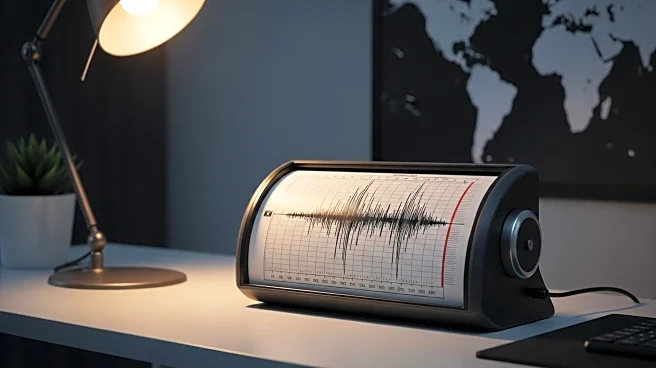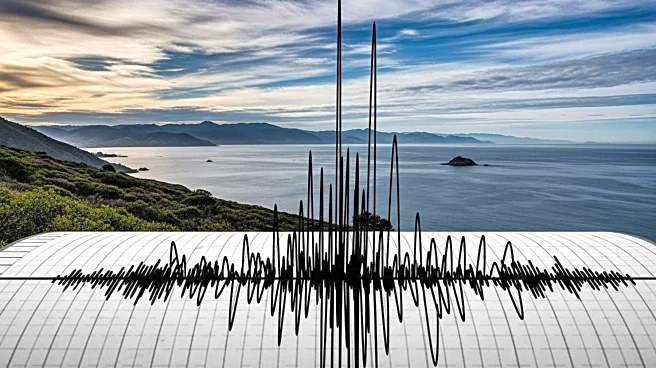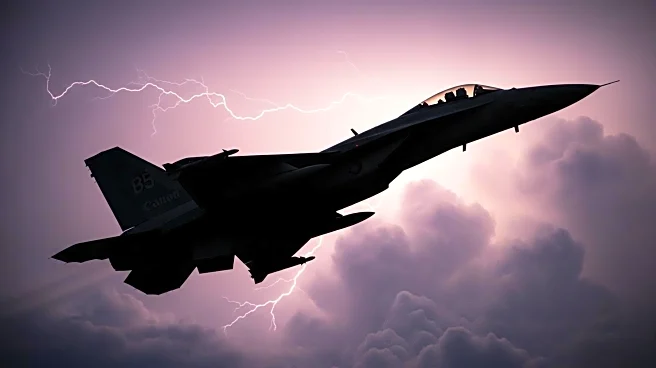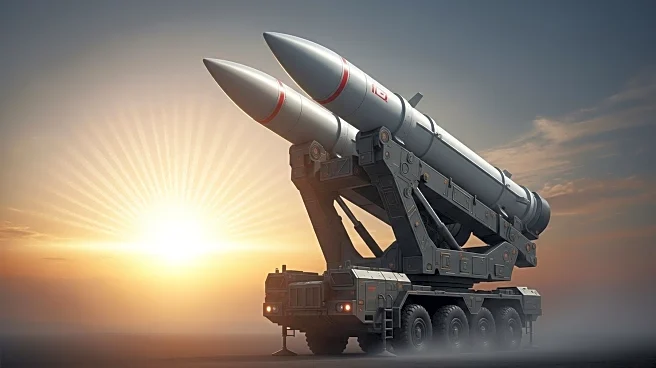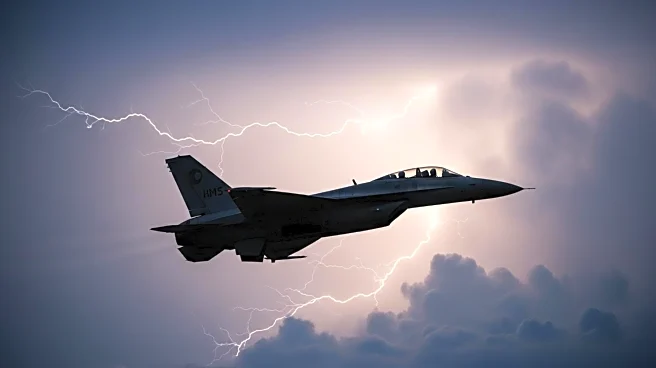What's Happening?
A magnitude 7.8 earthquake struck the Kamchatka region in Russia's Far East, identified by the US Geological Survey as an aftershock from a previous magnitude 8.8 quake in July. The earthquake triggered tsunami warnings in the region, although no significant damage was reported. The quake was caused by shallow reverse faulting at a depth of 10km and was followed by aftershocks measuring up to a magnitude of 5.8. Kamchatka's Governor Vladimir Solodov stated that emergency services were on high alert, but no damage had been reported. Tsunami warnings were issued for the eastern shore of the peninsula and parts of the Kuril island chain, north of Japan.
Why It's Important?
The earthquake highlights the seismic activity in the Kamchatka region, which is prone to significant geological events. The issuance of tsunami warnings underscores the potential threat to coastal communities in the area, including parts of Alaska. The event serves as a reminder of the importance of preparedness and rapid response in regions susceptible to natural disasters. The lack of reported damage suggests effective emergency protocols, but ongoing vigilance is necessary to mitigate future risks.
What's Next?
Authorities will continue to monitor the situation for further aftershocks and potential tsunami threats. Emergency services remain on high alert, conducting inspections of social institutions and residential buildings. The US National Weather Service and Pacific Tsunami Warning Center have lifted the tsunami advisory for Alaska, but ongoing assessments will determine if further action is needed.

